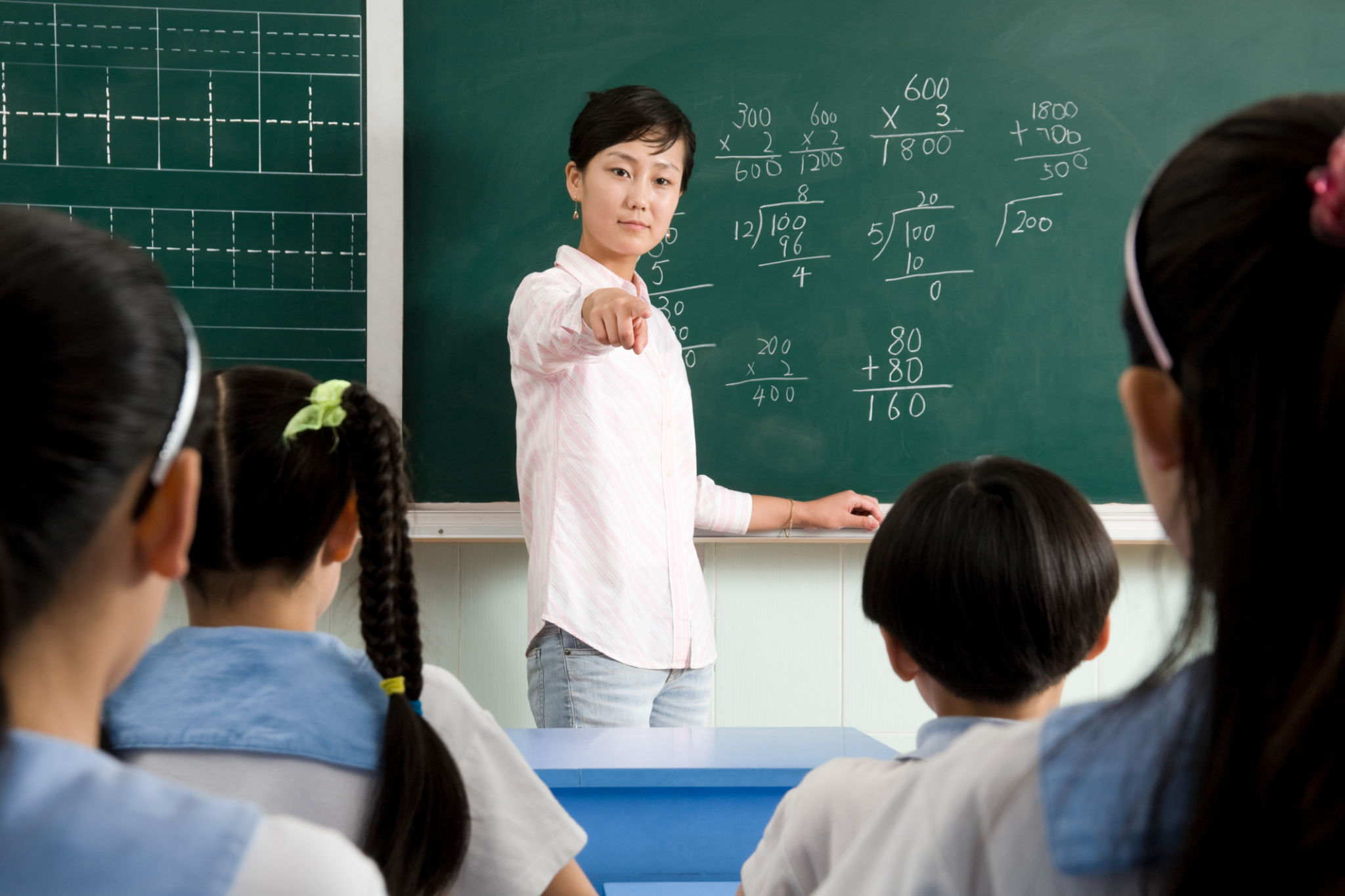Case Study: Transformative Impacts of Effective IEP Implementation
Introduction to Individualized Education Programs (IEPs)
Individualized Education Programs (IEPs) are critical tools in the educational journey of students with disabilities. Designed to address the unique learning needs of each student, IEPs lay out a personalized approach to education. They ensure that these students receive the support and resources necessary to thrive in a learning environment.
IEPs are not just static documents; they are dynamic and evolve with the student's progress. The effective implementation of an IEP can have transformative impacts on a student's educational and personal development.

Key Elements of an Effective IEP
An effective IEP is comprehensive and well-structured. It includes specific, measurable goals tailored to the student's abilities and challenges. The goals should be realistic yet ambitious enough to encourage growth. Moreover, the involvement of parents, teachers, and specialists is crucial in crafting an IEP that truly benefits the student.
The collaboration among educators, therapists, and family members ensures that the IEP is holistic, considering all aspects of the student's development, including academic, social, and emotional growth.
Setting Realistic and Achievable Goals
One of the most significant components of an effective IEP is goal-setting. These goals serve as benchmarks for progress and provide a roadmap for success. By setting clear, realistic, and achievable goals, educators can better monitor a student's development and make necessary adjustments to teaching strategies.
Transformative Impacts on Students
The successful implementation of an IEP can bring about significant positive changes in a student's life. Students often experience improved academic performance, increased confidence, and enhanced social skills. These changes can have lasting effects, influencing not only their educational journey but also their future opportunities.

For example, a student who once struggled with reading may, through targeted interventions outlined in their IEP, develop strong literacy skills. This newfound ability can open doors to advanced coursework and a broader array of extracurricular activities.
Building Confidence and Independence
IEPs can also play a vital role in building a student's confidence and fostering independence. By empowering students to take an active role in their education, IEPs help them develop self-advocacy skills. These skills are invaluable as students transition through different educational stages and into adulthood.
The Role of Educators and Families
Teachers and families are instrumental in the successful implementation of IEPs. Educators need to be well-versed in the specific needs of each student and employ teaching methods that align with their IEP goals. Continuous communication between teachers and families ensures that everyone is on the same page regarding the student's progress.

Parents' involvement is equally important as they provide insights into their child's strengths and areas needing improvement. Together, they form a support system that propels the student towards success.
Challenges and Solutions
While the benefits of effective IEP implementation are clear, challenges often arise. These may include limited resources, time constraints, or insufficient training for educators. Addressing these challenges requires commitment from educational institutions to provide adequate support and training for staff.
Solutions can include professional development programs for teachers, dedicated time for IEP meetings, and access to necessary materials and resources. By overcoming these obstacles, schools can ensure that all students receive the comprehensive support they deserve.
Conclusion
The transformative impacts of effective IEP implementation extend beyond academic achievements. They foster a supportive environment where students with disabilities can excel and lead fulfilling lives. As educators and families work together to enhance these programs, we can look forward to a future where every child's potential is realized.